I made a circuit to determine the capacity of an unknown capacitor. To test if the circuit is working I wanted to test it with a known capacity first. The circuit and the derivation for the calculation of the capacity are:

I measured the voltages across the resistor and the capacitor through an oscilloscope. For the example, I used: $$v_{cc} = 2.5\text{V} \text{sin}(2\pi 1\text{kHz} \cdot t) \quad ; \quad C = 1\text{nF} \quad ; \quad R = 100\text{k}\Omega$$ According to the equation in the image I should see on the oscilloscope $$\frac{\hat{u}_R}{\hat{u}_C} = 0.62 $$ The measurements deviate strongly from that value, however. All the voltage drops on the capacitor and there is practically 0 voltage on the resistor. I have got deviations for many resistor values and many frequencies.
In the derivation I assumed an ideal capacitor, so as far as I understand I should stay on low frequencies to prevent the parasitic resistance of the capacitor to have an influence. This is why I chose 1kHz and 100kOhm as parameters.
I would appreciate your help.
Solution to the Problem
I didn't realize that the circuit I had was different from the one I drew here. I wired by a mistake R and C in the wrong positions, so in the actual circuit C was above R with V_C>V_R. I connected the probes just like in the schematics, assuming they were differential. However, the GND clip of the probe must be connected to the GND of the circuit. By wiring it the way I did, I pulled the voltage above the resistor to 0 and effectively removed it from the circuit. By following the recommendation from @JRE, the circuit worked. After the measurements I calculated C=0.86nF, which is in line with the 20% tolerance of the capacitor.
Thank you all.

